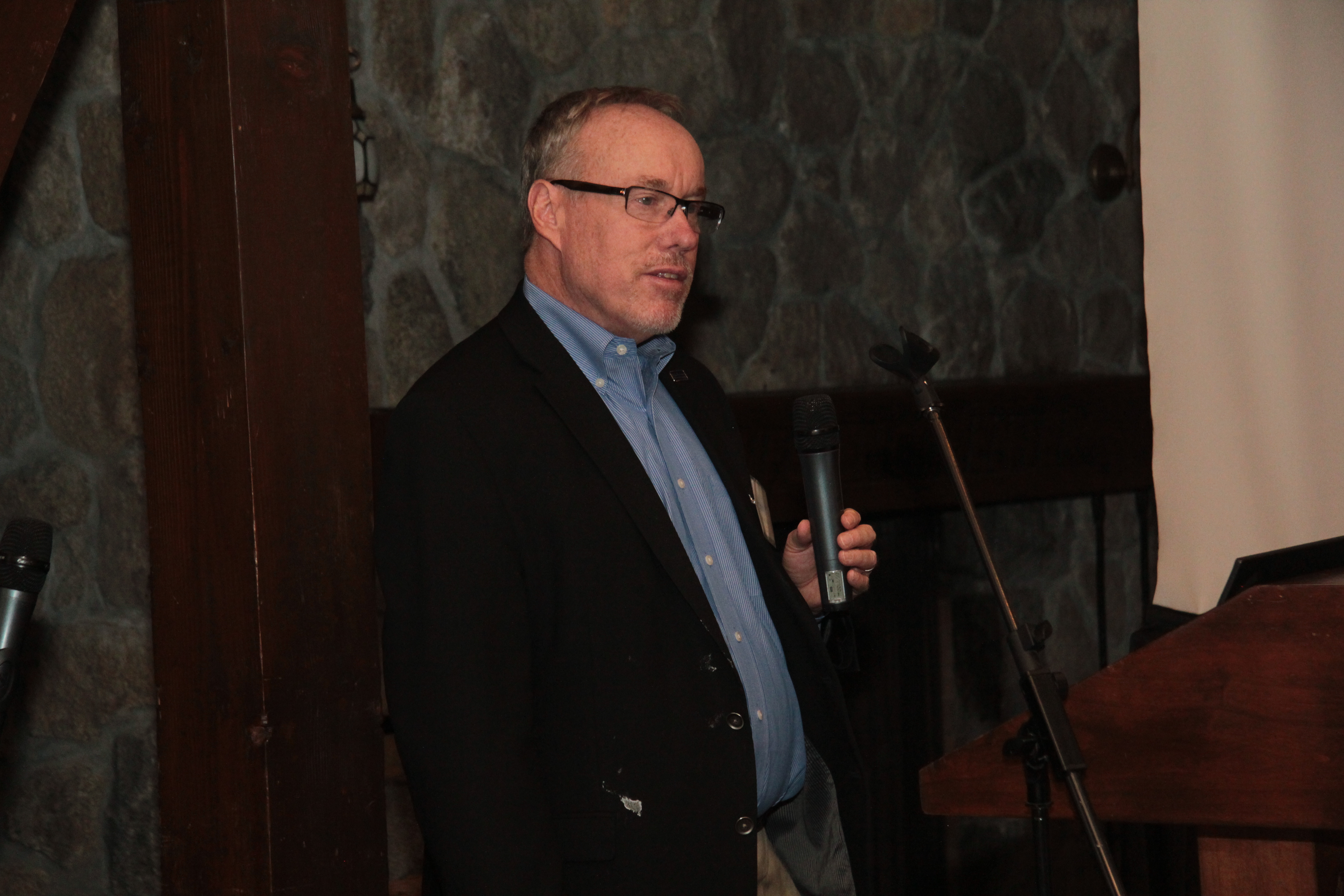As is tradition, Lewis Center Director Brian Taylor closed the symposium with an impromptu synthesis of the past few days. He spoke about what he thought were some of the most compelling and provocative themes:
Yin and Yang
Taylor noted a pattern of yin and yang throughout the event. Hope for the best, but plan for the worst. The world is complex, but keep it simple: people need things to be simple in order to take action. Without simplicity, the big data that offer the potential to help us understand complex systems can actually cause information overload and stifle action. Taylor cited Alexandra Norton’s analogy of the google search as a particularly instructive one. At the symposium, we heard from several speakers — Robert Lempert, Paul Sorenson, and others — who shared their attempts to decipher the complexity of urban and social systems for decision makers. Taylor argued that if these tools can be made as beguilingly simple as a google search, they may see greater adoption. Can we create a “google search engine for public officials”? One that allows them to better handle immensely complex and multidimensional contingent problems?
Irresistible Disaster
The theme of the symposium has been risk management, contingency planning, and mitigation, and Taylor mentioned that he and the other organizers tried to stay away from discussing the disaster itself, or disaster response, as those are fields unto themselves. But, he said, it was so easy to fall into talking about the disaster and emergency response. The clearest public roles appear at those times of crisis. It’s difficult to keep a focus on before and after, and much thornier. The greatest challenges we face may be those that unfold slowly, like the great recession or a climate that is changing in ways we don’t fully understand. Like the societies in Jared Diamond’s book Collapse, we may be thriving in ways that are more precarious than we know. This relates to what Taylor called the universal truth in public policy, that voters and elected officials often want to build projects that are shiny, new, forward-looking, and aspirational — like high-speed rail, for example. Things like comprehensive pavement management, water storage and delivery with built-in redundancies, or expensive new safety regulations don’t exactly stir the hearts of the voting public. Disasters often bring new focus to systems such as these and underscore their importance.
Public Policy and Social Networks: the Unanswered Question
Throughout the symposium, we heard that social networks are essential, even central to resilience. Groups as divergent as lowest-income Somalis in London, goods movement and logistics firms in the U.S., competing small businesses in Christchurch, New Zealand, and recovering people in devastated New Orleans neighborhoods depended upon social networks to function. Talk of social networks elicited a lot of nodding, and also silence: What do public officials do about social networks? What is the public role in fostering them? It may be there, but it is not obvious. It’s an open question and a provocative one.
To close, Taylor asked: is resilience the newest buzzword? He argued that it is not. Like sustainability, it is a powerful organizing concept for thinking about the future. In order to meaningfully pursue both economic and environmental stability and adaptability, we need to think about risk management and the array of possible futures, including some futures we may not desire and don’t really want to think about. Resilience also points toward a focus on the most vulnerable, who may easily be forgotten at times.
